
Kevin Vazquez is a staff attorney at the International Brotherhood of Teamsters. He graduated from Harvard Law School in 2023. The opinions he expresses on this blog are his own and should not be attributed to the IBT.

Jason Vazquez is a staff attorney at the International Brotherhood of Teamsters. He graduated from Harvard Law School in 2023. His writing on this blog reflects his personal views and should not be attributed to the Teamsters.
Last week, Glacier Northwest, Inc. filed its merits brief in Glacier Northwest, Inc. v. International Brotherhood of Teamsters, Local 174. The background of the case has already been covered extensively by Anita: Glacier, a ready-mix concrete company, is appealing the Washington Supreme Court’s dismissal of its state tort action against a Teamsters local in Seattle on the basis of conduct that occurred during a one-week strike in late 2017.
In its brief, Glacier first contends that Garmon preemption is inapplicable because the union’s conduct was not “arguably protected” by § 7 of the NLRA. The Washington Supreme Court held that since, consistent with applicable NLRB rules, the drivers arguably took “reasonable precautions” to protect the company’s equipment during the strike, their conduct was at least arguably protected by § 7, thus placing it beyond the purview of state regulation. Glacier, however, disagrees: § 7 may protect the right to strike, the company concedes, but it cannot “plausibly be read to encompass intentional property destruction.” Relying on the Court’s recent construction of § 7 in Epic Systems Corp. v. Lewis, Glacier insists that the statutory language of “other concerted activities” must be read in light of the specific activities that immediately precede it. Such activities — “such as forming or joining unions, choosing bargaining representatives, and actually bargaining with employers” — the company contends, are all “lawful, orderly, and non-destructive conduct,” and nothing in the statutory text authorizes unions to “engage in conduct that would violate others’ property rights.”
Moreover, Glacier attempts to delineate a distinction, one it characterizes as “clear and obvious,” between economic harm occasioned by an “ordinary work stoppage,” such as incidental loss of profit — which, Glacier concedes, Garmon places beyond the reach of state regulation — and deliberate destruction of an employer’s property. Because the right to property “enjoys special protection” in the Constitution, the company argues, the NLRA provides no protection for conduct that is “intentionally orchestrated” to destroy it, even when such conduct occurs in connection with otherwise protected activity. Thus, Glacier concludes that the Act does not arguably immunize striking employees from “ordinary state-law consequences of intentionally destroying property,” rendering Garmon preemption inapplicable.
Second, Glacier argues that, even if the conduct were arguably protected by § 7, it nonetheless falls under the “local feeling” exception, which, in certain circumstances, permits states to provide civil remedies for conduct touching interests “deeply rooted in local feeling and responsibility,” even where Garmon would otherwise preempt such regulation. Though rarely invoked by the Court, the exception has generally been construed to permit state regulation of violence or threats of violence arising in the course of labor disputes. Indeed, consistent with such interpretations, the Washington Supreme Court held that the “focus of the exception” is on “intimidation and threats of violence,” such that property destruction that is not “violent or outrageous” fails to qualify. Nonetheless, Glacier maintains that the exception also encompasses non-violent tortious conduct, such as defamation, trespass, and intentional property destruction. This must be so, according to the company, because the NLRA provides no general compensatory remedies for parties injured by tortious behavior, and it is unreasonable to infer that Congress intended that the NLRA preempt such claims and preclude the availability of any state remedies, thereby foreclosing all possible avenues of relief for the injured party.
Next, in perhaps its most adventurous argument, Glacier contends that, notwithstanding the technical applicability of Garmon, the doctrine’s “freewheeling approach” to preemption should not be extended any further. Garmon, the company says, is inconsistent with the Court’s “ordinary approach” to preemption, which generally requires that state law actually conflict with or frustrate congressional purposes, not simply that it potentially or “arguably” do so. Rather than extend this “questionable judicial gloss” on the NLRA to the “novel context” of intentional property destruction, Glacier suggests that this case should be resolved using the Court’s “ordinary preemption doctrine.” Under that analysis, Glacier believes there would be no preemption for two reasons. First, nothing in the statute’s text gives a “clear indication” that Congress intended to displace this sort of state tort claim; and second, such a claim would create no actual conflict with the NLRA, as § 7 was not intended to furnish immunity against the “consequences of unlawful conduct,” and state tort claims and Board proceedings can “easily co-exist,” even where they share common factual issues.
Finally, Glacier claims that the doctrine of constitutional avoidance also militates against extending Garmon to the facts of this case. Because the NLRA does not provide any remedies for destruction of employer property under these circumstances, interpreting the statute to preempt the employer’s tort claims would “raise serious questions” under the Takings Clause of the Fifth Amendment, which bars the government from taking private property for public use without just compensation. A construction of the NLRA that preempts state-law tort claims for intentional property destruction, the company contends, would sever all possible rights of recovery, thereby depriving the employer of its property without any compensation, creating a colorable constitutional claim under the Takings Clause. In articulating this argument, the company leans on the Court’s holding in Cedar Point that a California law providing union organizers with temporary access rights to employers’ property effected a taking under the Fifth Amendment. If permitting union organizers temporary access rights such as those at issue in Cedar Point constitutes a taking, Glacier reasons, then permitting unions to permanently destroy property would, at the very minimum, raise “serious constitutional doubts” under the Takings Clause.
The Respondents’ brief is due on December 1.
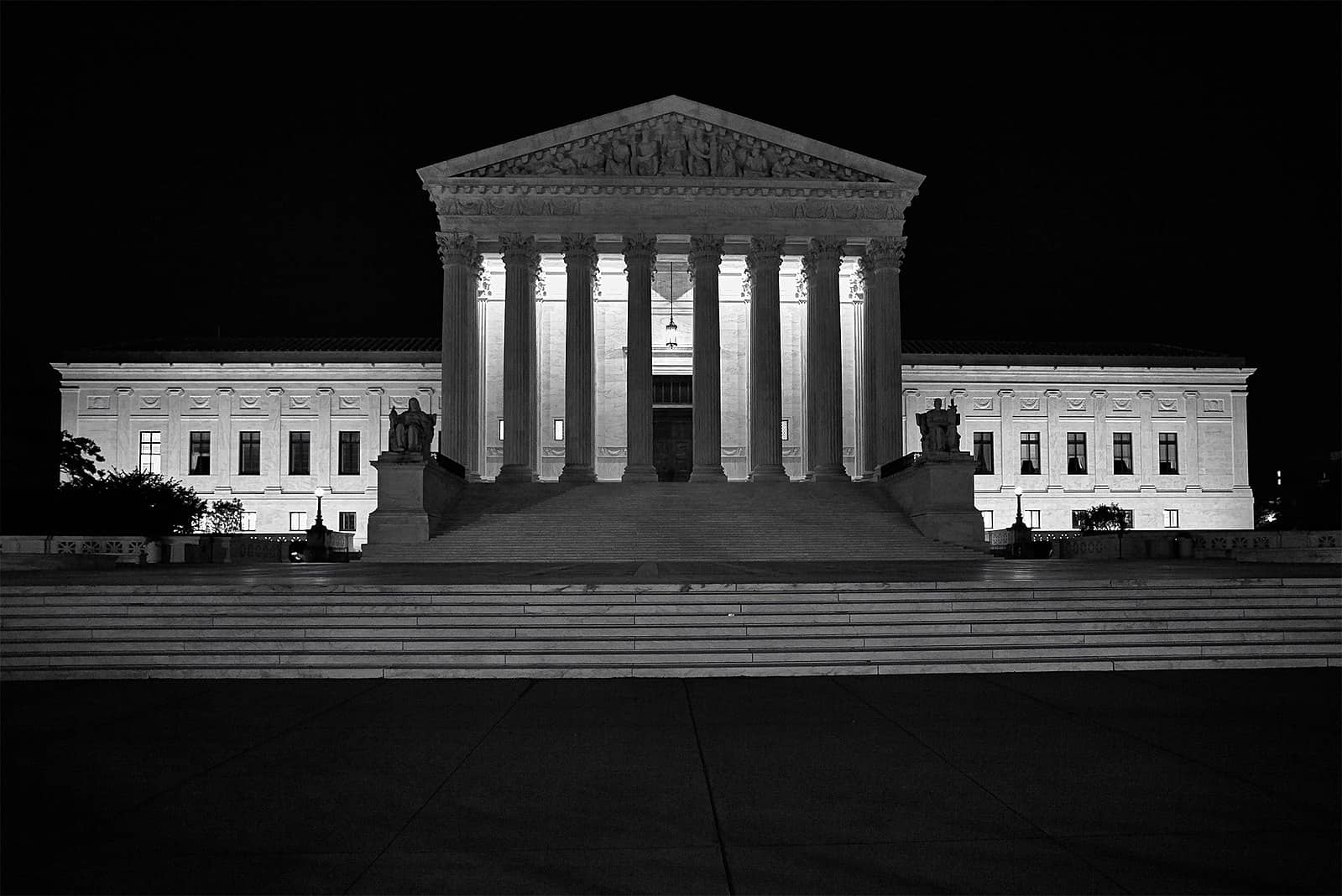



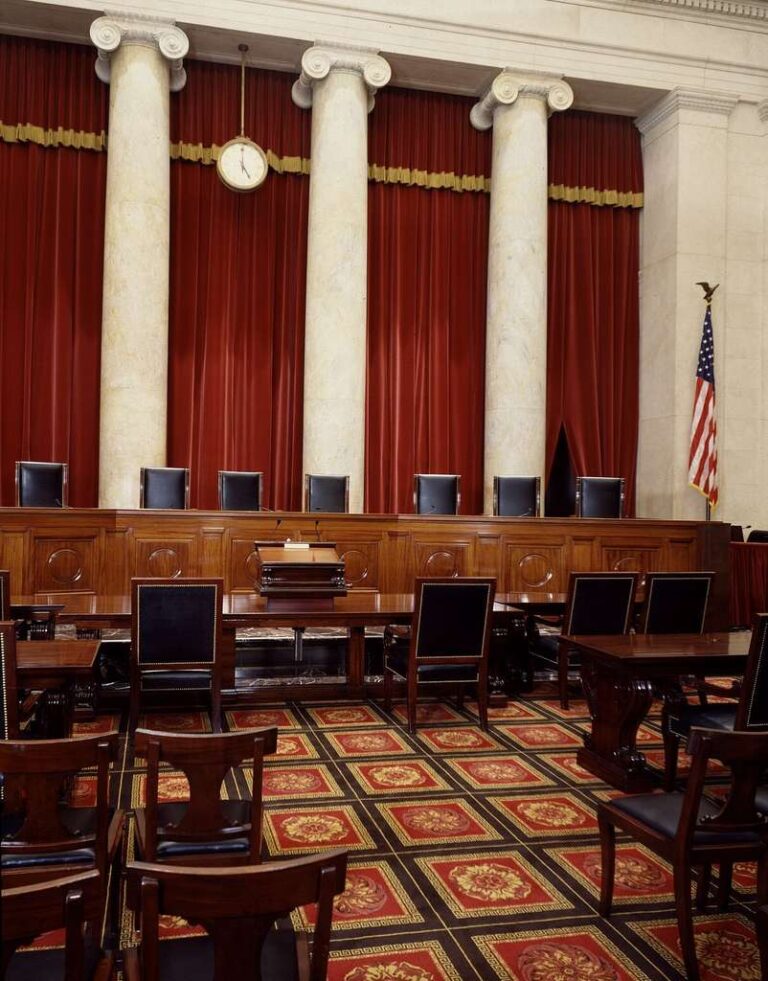
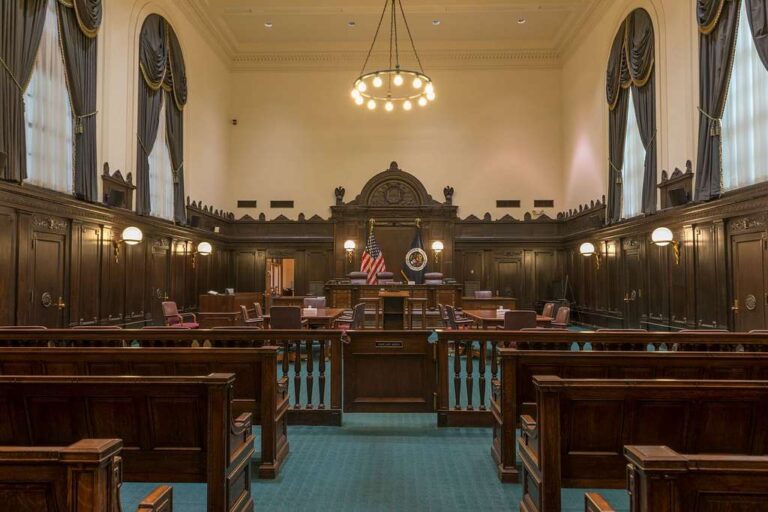


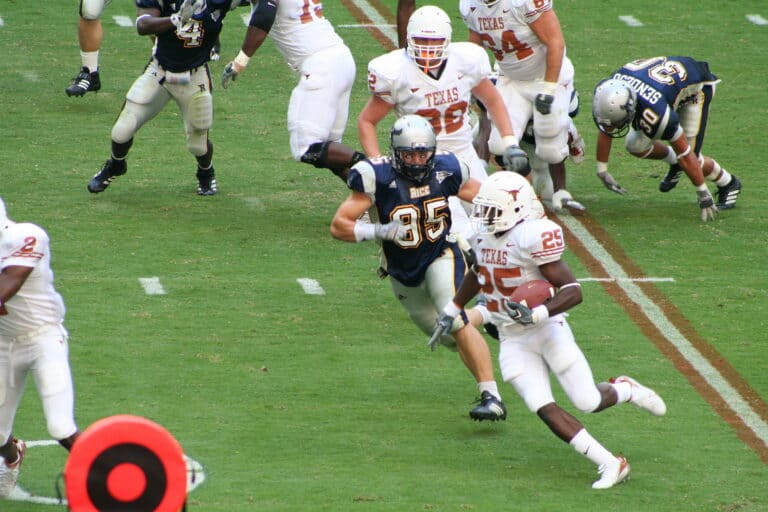
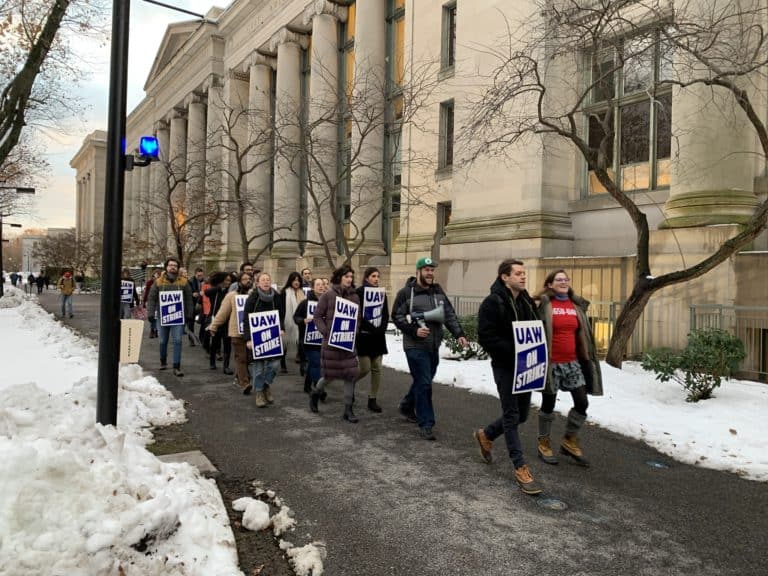
Daily News & Commentary
Start your day with our roundup of the latest labor developments. See all
November 30
In today’s news and commentary, the MSPB issues its first precedential ruling since regaining a quorum; Amazon workers lead strikes and demonstrations in multiple countries; and Starbucks workers expand their indefinite strike to additional locations. Last week, the Merit Systems Protection Board (MSPB) released its first precedential decision in eight months. The MSPB had been […]
November 28
Lawsuit against EEOC for failure to investigate disparate-impact claims dismissed; DHS to end TPS for Haiti; Appeal of Cemex decision in Ninth Circuit may soon resume
November 27
Amazon wins preliminary injunction against New York’s private sector bargaining law; ALJs resume decisions; and the CFPB intends to make unilateral changes without bargaining.
November 26
In today’s news and commentary, NLRB lawyers urge the 3rd Circuit to follow recent district court cases that declined to enjoin Board proceedings; the percentage of unemployed Americans with a college degree reaches its highest level since tracking began in 1992; and a member of the House proposes a bill that would require secret ballot […]
November 25
In today’s news and commentary, OSHA fines Taylor Foods, Santa Fe raises their living wage, and a date is set for a Senate committee to consider Trump’s NLRB nominee. OSHA has issued an approximately $1.1 million dollar fine to Taylor Farms New Jersey, a subsidiary of Taylor Fresh Foods, after identifying repeated and serious safety […]
November 24
Labor leaders criticize tariffs; White House cancels jobs report; and student organizers launch chaperone program for noncitizens.